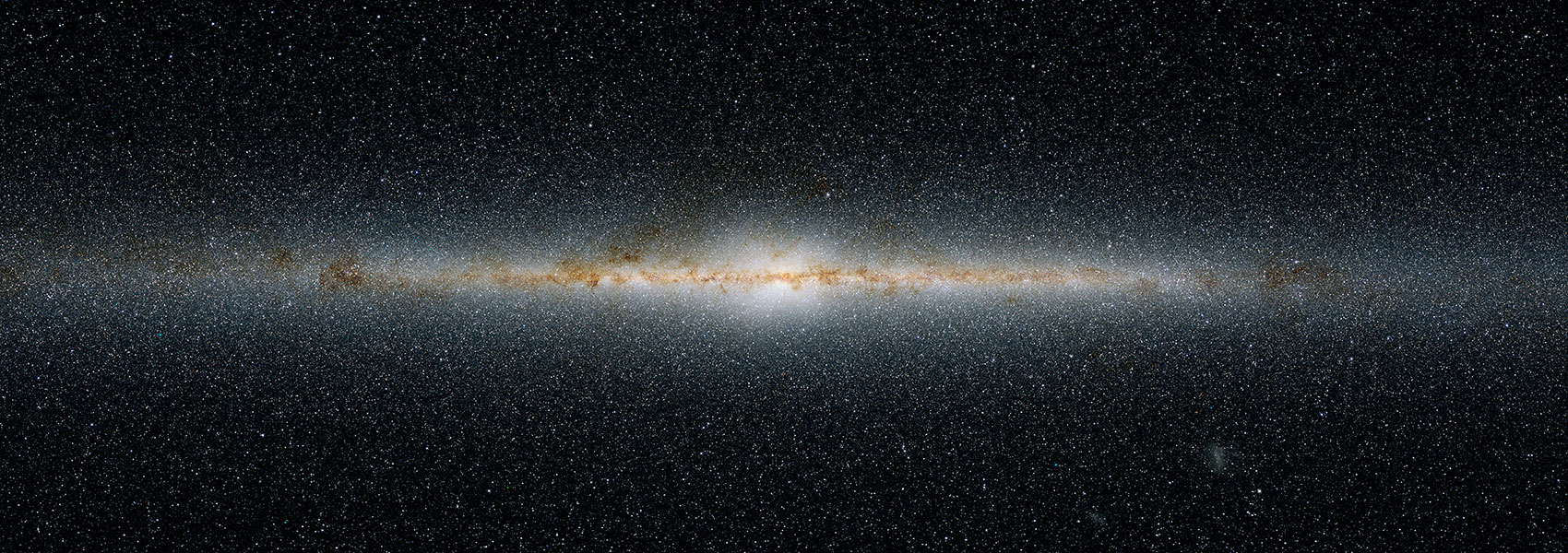
Staring at the Sun with the Keck Planet Finder: An Autonomous Solar Calibrator for High Signal-to-noise Sun-as-a-star Spectra
December 2023 • 2023PASP..135l5002R
Abstract • Extreme precision radial velocity (EPRV) measurements contend with internal noise (instrumental systematics) and external noise (intrinsic stellar variability) on the road to 10 cm s-1 "exo-Earth" sensitivity. Both of these noise sources are well-probed using "Sun-as-a-star" RVs and cross-instrument comparisons. We built the Solar Calibrator (SoCal), an autonomous system that feeds stable, disk-integrated sunlight to the recently commissioned Keck Planet Finder (KPF) at the W. M. Keck Observatory. With SoCal, KPF acquires signal-to-noise ratio (S/N) ~ 1200, R = 98,000 optical (445-870 nm) spectra of the Sun in 5 s exposures at unprecedented cadence for an EPRV facility using KPF's fast readout mode (<16 s between exposures). Daily autonomous operation is achieved by defining an operations loop using state machine logic. Data affected by clouds are automatically flagged using a reliable quality control metric derived from simultaneous irradiance measurements. Comparing solar data across the growing global network of EPRV spectrographs with solar feeds will allow EPRV teams to disentangle internal and external noise sources and benchmark spectrograph performance. To facilitate this, all SoCal data products are immediately available to the public on the Keck Observatory Archive. We compared SoCal RVs to contemporaneous RVs from NEID, the only other immediately public EPRV solar data set. We find agreement at the 30-40 cm s-1 level on timescales of several hours, which is comparable to the combined photon-limited precision. Data from SoCal were also used to assess a detector problem and wavelength calibration inaccuracies associated with KPF during early operations. Long-term SoCal operations will collect upwards of 1000 solar spectra per six-hour day using KPF's fast readout mode, enabling stellar activity studies at high S/N on our nearest solar-type star.
Links



